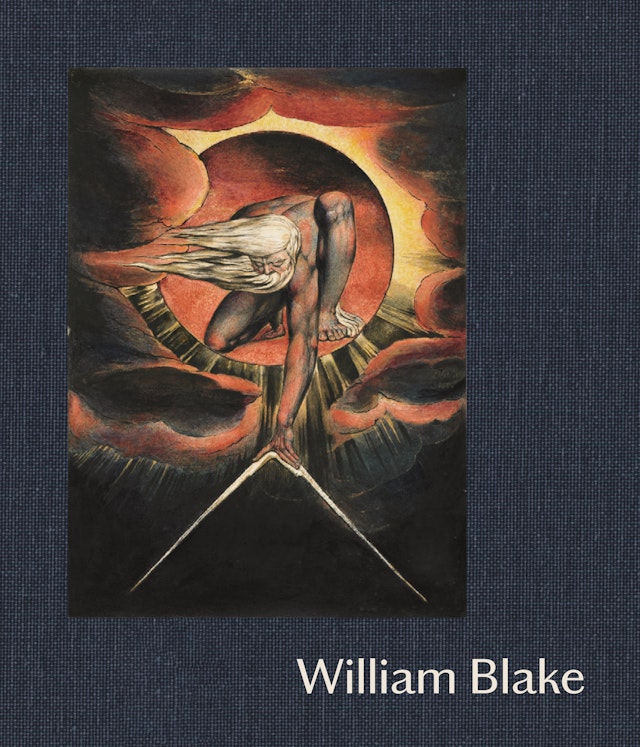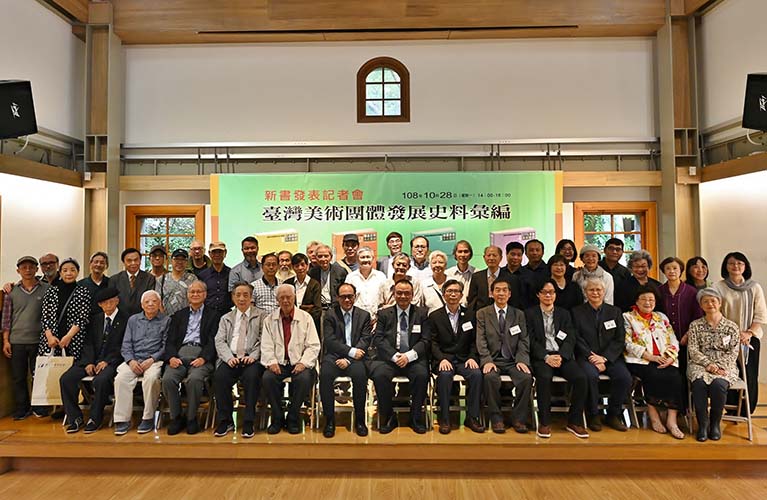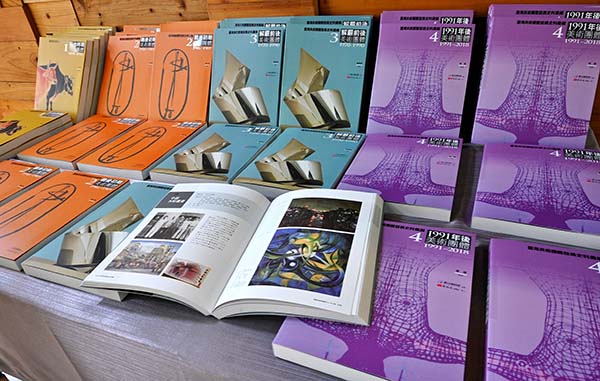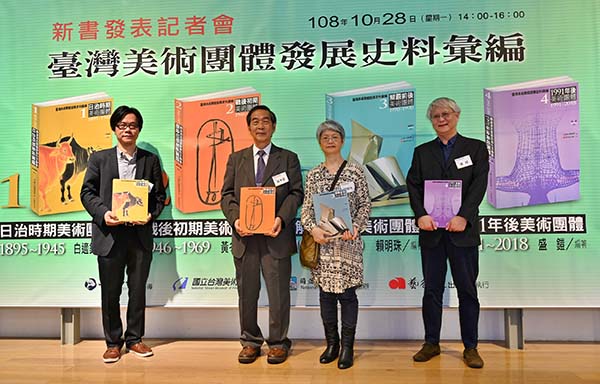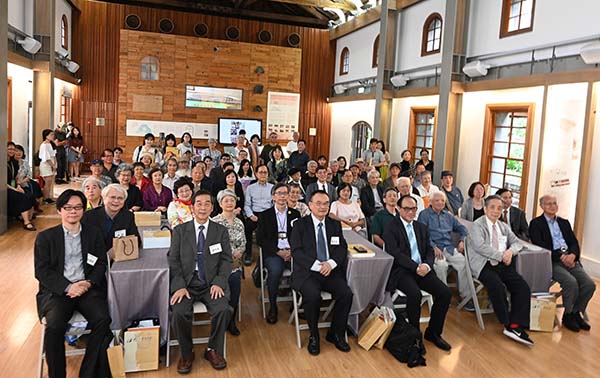紐約時報
The Parks That Made the Man Who Made Central Park
 At Birkenhead Park, outside Liverpool, Frederick Law Olmsted was struck by the ease with which commoners and aristocrats mingled on the lawns and pathways.Credit...Andy Haslam for The New York Times
At Birkenhead Park, outside Liverpool, Frederick Law Olmsted was struck by the ease with which commoners and aristocrats mingled on the lawns and pathways.Credit...Andy Haslam for The New York TimesBy Lisa W. Foderaro
Oct. 30, 2019, 5:00 a.m. ET
When Frederick Law Olmsted stepped off a ship in Liverpool in 1850, he was a gentleman farmer on Staten Island and intellectual, eager to embark on a walking tour of England. When he left, he had the makings of perhaps the greatest American landscape architect of all time.
Several years later, he would take an undistinguished plot of land — the future Central Park — and sculpt meadows, knolls, ponds and waterfalls, winning international praise. Central Park, which he designed with Calvert Vaux, was soon followed by Prospect Park in Brooklyn and dozens of other commissions, from Chicago to Boston.
But his vision of landscape design had its stirrings in England, a country he first visited with his brother. The tour of the English countryside took them from one charming village to another. Importantly for Olmsted’s career, the trip also led them to Birkenhead Park outside Liverpool, the first public park in England to be built with taxpayer money.
ADVERTISEMENTContinue reading the main story
Like Central Park, Birkenhead started as a blank slate. But a landscape architect named Joseph Paxton, who would prove hugely influential for Olmsted, had coaxed ponds and rock gardens, cricket fields and serpentine paths from the homely turf. Olmsted, whose politics leaned sharply left, saw in Birkenhead Park a radical civic experiment, a place where commoners and aristocrats could rub elbows.
Image
 Frederick Law OlmstedCredit...CORBIS/Corbis, via Getty Images
Frederick Law OlmstedCredit...CORBIS/Corbis, via Getty ImagesIn his travel memoir “Walks and Talks of an American Farmer in England,” he exclaimed: “Five minutes of admiration, and a few more spent in studying the manner in which art had been employed to obtain from nature so much beauty, and I was ready to admit that in democratic America there was nothing to be thought of as comparable with this People’s Garden.”
You have 3 free articles remaining.Subscribe to The Times
If Birkenhead Park set Olmsted musing about the democratizing power of parks, Chirk Castle, which he visited on the same trip, had the opposite effect. Set in northern Wales, on the English border, the medieval castle had belonged to the same noble family for centuries when Olmsted climbed its long drive.
In his travelogue, he observed that the stone pile was in the “midst of the finest park and largest trees we have seen.” But he also voiced doubts about its privileged perch: “Is it right and best that this should be for the few, the very few of us?”
As Central Park neared completion, Olmsted returned to England, touring more parks there, as well as on the European continent. Funded by the park’s board of commissioners, the trip was part reward and part temporary banishment. The pressures of Central Park were fraying Olmsted’s nerves, while his budget overruns were vexing the board.
Editors’ Picks
A Filmmaker Bared His Soul. It Ruined His Life.
For Many Widows, the Hardest Part Is Mealtime
Leaving Prison at 72
Continue reading the main story
ADVERTISEMENTContinue reading the main story
The second trip proved even more critical for Olmsted’s developing aesthetic. In surveying various landscapes, Olmsted was drawn to the natural style of the English country garden over the more formal, geometric look of French estates. For Olmsted, an effective park was not unlike a good parlor trick in its ability to transport city dwellers from their noisy, crowded surroundings to a man-made Eden.
In an 1861 article for the New American Cyclopaedia, in which Olmsted traced the history of public spaces from ancient times, he wrote that European gardeners were “often faultless” in their execution of what he called “close scenery.” But, he concluded, the creation of entire landscapes, “all in imitation of nature, is to this day the peculiar art of England.”
Together, the tours would shape the look of American public spaces for generations.
“The thing about Olmsted is that nothing was ever wasted with him,” said Justin Martin, author of “Genius of Place: The Life of Frederick Law Olmsted.” “He would visit some place and years later draw on something that he saw.”
A number of the British parks and gardens Olmsted visited are still open. Five of them — Birmingham Botanical Gardens, Derby Arboretum, Chatsworth, Birkenhead Park and Chirk Castle — form a wide loop through northwestern England (and a sliver of Wales), taking in both cityscapes and magnificent countryside.

By The New York Times
Walking their paths, you can follow in the footsteps of Olmsted and see the foundations of his future designs in three dimensions.
ADVERTISEMENTContinue reading the main story
Image
 The Aviary, Birmingham Botanical Gardens. The structure looks Victorian but is a newer addition.Credit...Andy Haslam for The New York Times
The Aviary, Birmingham Botanical Gardens. The structure looks Victorian but is a newer addition.Credit...Andy Haslam for The New York TimesBirmingham Botanical Gardens
At the southern end of the loop is Birmingham Botanical Gardens, which feels more like a park than a museum of plants. A Victorian bandstand overlooks a broad lawn where the chasing of peacocks by small children is tolerated, if not exactly encouraged. A playground is tucked in a corner of the property.
The gardens are on the outskirts of Birmingham, a multiethnic city that is Britain’s second largest. When Olmsted visited on his second trip, in 1859, it was a booming manufacturing and financial center with a population of some 300,000 people. Parts of Central Park had already opened to the public, so he was keen to talk to city officials in Birmingham about strategies for maintaining order in parks.
In Central Park, Olmsted had established a security system that resembled the policing of city streets. But he returned to New York determined to try a gentler approach to security. Instead of relying on arrests, he blanketed the park with signs listing his rules, which forbade indecent language, throwing stones, picking flowers — even annoying birds. He also assembled a group of so-called park keepers who asserted control with friendly reminders and education.
On his tour of the Botanical Gardens, he no doubt admired the small conservatory near the entrance, built seven years earlier. Today it teems with Arabian jasmine, turmeric and coffee plants. Outside, at the far end of the lawn with the free-range peacocks, there are more exotic birds, including azure-winged magpies and parakeets. The birds are housed in the Lawn Aviary: four screened enclosures topped with fanciful domes that were built in 1995.
Olmsted might have also made mental notes of the clever way the gardeners carved out private spaces within a public garden, an element he would include in future parks. One example in Birmingham is the Rhododendron Walk, a secluded spot surrounded by a tall beech hedge and bursting with blooms. Several years later, in designing Brooklyn’s Prospect Park, Olmsted created a similarly quiet nook in the Ravine where Ambergill Falls, one of a series of man-made cascades, still attracts park-goers in search of solitude.
Image
 Derby Arboretum is the smallest of the parks that Olmsted visited. The Florentine Boar statue is a replica of the original, which was placed on the site in 1806.Credit...Andy Haslam for The New York Times
Derby Arboretum is the smallest of the parks that Olmsted visited. The Florentine Boar statue is a replica of the original, which was placed on the site in 1806.Credit...Andy Haslam for The New York TimesImage
 In his parks, Olmsted often featured winding pathways like the ones at Derby Arboretum.Credit...Andy Haslam for The New York Times
In his parks, Olmsted often featured winding pathways like the ones at Derby Arboretum.Credit...Andy Haslam for The New York TimesADVERTISEMENTContinue reading the main story
Derby Arboretum
Derby Arboretum may be the most modest stop on Olmsted’s itinerary, an 11-acre neighborhood park surrounded by middle-class brick houses in the city of Derby, less than an hour’s drive north of Birmingham.
Built in 1840 by a wealthy local mill owner, the arboretum nonetheless holds an important title: the first public park in Britain. (Birkenhead, which opened in 1847, is careful to note it is the first park built with public funds.)
The mill owner, Joseph Strutt, who had been Derby’s mayor, commissioned it as a gesture of thanks to his employees. He hired Joseph Loudon, a Scottish botanist who had already designed the Birmingham Botanical Gardens, to create a botanical garden. Loudon instead planned an arboretum, focused on trees and laced with winding paths and ringed by a handsome wrought-iron fence.
On opening day, Derby declared a holiday so residents could enjoy their new park. It would be more than 40 years before the park actually felt like a gift, however, since the Town Council, once it took control of the property, charged an entrance fee of sixpence on most days.
Over the decades, the park slid into disrepair, but was recently restored with money from the National Lottery Heritage Fund. Today it is a peaceful oasis, scattered with large urns of geraniums and begonias, where couples stroll after work and children practice riding bicycles.
Olmsted’s visit to Derby reinforced his conviction that all towns deserve a park.
In the same article in the New American Cyclopaedia, he said there was “scarcely a finished park or promenade ground deserving mention” in the United States, where, he pointed out, residents resorted to socializing in cemeteries. In comparison, he said, “every large town in the civilized world now has public pleasure grounds in some form.” Derby, he wrote, “is provided in the same way with an arboretum.”
Image
 The fountain at Chatsworth House sends water 200 feet in the air. By comparison, the water from the Central Park’ Reservoir’s fountain reaches 60 feet.Credit...Andy Haslam for The New York Times
The fountain at Chatsworth House sends water 200 feet in the air. By comparison, the water from the Central Park’ Reservoir’s fountain reaches 60 feet.Credit...Andy Haslam for The New York TimesADVERTISEMENTContinue reading the main story
Chatsworth House and Gardens
If Derby Arboretum is the humblest of the five sites, then Chatsworth is easily the most lavish — a 105-acre garden with every horticultural bell and whistle, surrounding a palatial house still occupied by the 12th Duke and Duchess of Devonshire.
Chatsworth is a major tourist attraction in Britain; tourists stream through the public portions of the house and garden even while the couple, Peregrine and Amanda Devonshire, are in residence. The 126-room house dates to the 1550s, but was expanded starting in the late 1600s.
The garden has been continuously cultivated and enlarged for five centuries, with various landscape designers putting their own stamps on the property. Two of the most important were Lancelot “Capability” Brown in the 1700s and Joseph Paxton, the designer of Birkenhead Park, in the 1800s.
Much of what Olmsted saw in 1859 still enchants visitors today. There is the magnificent “Rockery,” whose boulders and man-made waterfalls evoke the Alps; the “Pinetum,” a collection of coniferous trees from around the world, and the “Canal Pond,” a huge rectangular pool with a fountain that can shoot water 200 feet into the air. (The fountain in Central Park’s Reservoir reaches 60 feet.)
Image
 The water cascade, seen from the top, is probably Chatsworth House’s most dramatic element.Credit...Andy Haslam for The New York Times
The water cascade, seen from the top, is probably Chatsworth House’s most dramatic element.Credit...Andy Haslam for The New York TimesImage
 The boulders and man-made waterfalls of the Rockery at Chatsworth House recall the Alps.Credit...Andy Haslam for The New York Times
The boulders and man-made waterfalls of the Rockery at Chatsworth House recall the Alps.Credit...Andy Haslam for The New York TimesPerhaps the most dramatic element at Chatsworth is the Cascade, a water course completed in 1703. Built for the first Duke of Devonshire, the Cascade consists of a long series of stone staircases flowing with water. The steps originate from a domed temple and vary in height so the cascading water makes a different sound at each interval.
Surrounding the garden at Chatsworth is the Park, nearly a thousand acres of grasslands and forested ridges. For the rest of his career, Olmsted would include vast expanses of green in his designs. His fondness for wide-open vistas reached its apotheosis in Prospect Park, where the Long Meadow stretches for nearly a mile.
Image
 Birkenhead Park’s Swiss Bridge. In Central Park, Olmsted created the Bow Bridge over the amoeba-shaped lake. Credit...Andy Haslam for The New York Times
Birkenhead Park’s Swiss Bridge. In Central Park, Olmsted created the Bow Bridge over the amoeba-shaped lake. Credit...Andy Haslam for The New York TimesBirkenhead Park
It is hard to overestimate the influence of Birkenhead on Olmsted, who was captivated by the loftiest principles and most technical details. During his visit, he was struck by the park’s ability to foster egalitarianism, later writing that “the poorest British peasant is as free to enjoy it in all its parts as the British queen.”
But he also interviewed the head gardener about the park’s drainage system and use of soil (excavated for man-made ponds) in the formation of knolls. Similar mounds would be deployed to vary the terrain in Central Park.
Today Birkenhead is a popular destination for families and sporting clubs, including rugby and cricket teams. After undergoing a careful restoration in recent years, the 125-acre park is tended by nine gardeners and 20 volunteers. Together, they maintain the gardens, lawns and trees, among them stately copper beeches and horse chestnuts.
While Birkenhead Park made a lasting imprint on Olmsted, his visit also remains an important part of the park’s lore and park officials are clearly proud of its association with Olmsted.
The current park pamphlet, under the heading “A Visitor from New York,” explains that a local baker urged Olmsted not to leave town before seeing the new park.
Hannah Shakeshaft, a park ranger, related an anecdote about Olmsted’s visit as if she had witnessed it herself. “He came in and couldn’t believe it — he absolutely loved the park,” she said. “He went and watched a bit of cricket. Then the heavens opened up and he took shelter under the Swiss Bridge.
ADVERTISEMENTContinue reading the main story
“As he was standing there,” she continued, “he saw the posh people with the nice dresses and hats and the poor people with caps. They were all just talking to each other, equal as anything.”
Image
 Olmsted voiced doubts about Chirk Castle: “Is it right and best that this should be for the few, the very few of us?” he wrote.Credit...Andy Haslam for The New York Times
Olmsted voiced doubts about Chirk Castle: “Is it right and best that this should be for the few, the very few of us?” he wrote.Credit...Andy Haslam for The New York TimesChirk Castle
Completed in 1310, Chirk Castle, in Wrexham, Wales, was purchased in the late 1500s by the Myddelton family. Generations of the family owned it, for 400 years, gradually transforming the sprawling fortress with round crenelated towers into an elegant home. In 1978, the family sold it and the surrounding 480-acre estate to the state; a few years later it was acquired by the National Trust, which operates it as a historic site. (The family retained access to a portion of the castle.)
When he visited England in 1850, Olmsted somehow managed to wrangle an invitation to Chirk. Judging from his travel memoir, he was more impressed by the castle than the grounds, confessing that he was equally drawn to the “sumptuous taste, luxury and splendor of a modern aristocratic mansion” as to the “feudal stronghold.”
Indeed, except to say that the castle was ensconced in the “finest park” he had seen, Olmsted did not mention the gardens, which were laid out in the French style in the mid-1600s and redesigned in the 1700s in a more English vernacular by William Emes, a landscape architect who introduced broad lawns and planted thousands of trees.
Image
 Long lawns like this one at Chirk Castle became a staple of Olmsted’s designs.Credit...Andy Haslam for The New York Times
Long lawns like this one at Chirk Castle became a staple of Olmsted’s designs.Credit...Andy Haslam for The New York TimesTo open up views of the countryside, Emes removed fences separating the estate from adjacent pastures. To prevent cows and deer from wandering into the gardens, he installed a so-called ha-ha, a huge trench that neatly hides a vertical wall while creating the illusion of a seamless landscape.
The grounds at Chirk Castle may well have inspired Olmsted after all. One of the winning features of Olmsted and Vaux’s Greensward plan for Central Park was a kind of ha-ha on steroids: crosstown transverses, or sunken roads, that allow traffic to flow through the park hidden from park-goers.
Olmsted’s two tours of British parks deepened his conception of parks as integral to the physical and emotional well-being of cities. After the first trip, Olmsted wrote that Central Park “should resemble a charming bit of rural landscape.” After the second, he expressed the same view in more soaring prose, writing in the proposal for Prospect Park that its “rural, natural, tranquilizing and poetic character” would be adapted “with the greatest care.”
VISITING ENGLAND, FROM THE POSH TO THE RUSTIC
Richard Curtis’s Five Places to Visit in LondonJuly 19, 2019
5 New Standout Hotels in LondonAug. 30, 2019
In Britain, Enraptured by the Wild, Lonely and RemoteJan. 21, 2019



 Raimund Krumme 德國 德國知名動畫藝術家 ———————————————————————— 萊蒙・克魯姆為近代知名動畫藝術大師,對於線條與空間的表現與掌控風格獨樹一格,其短片作品層被選為世界百大重要動畫影片之一。 出生於德國,曾任教於美國加州藝術大學教授、德國科隆媒體藝術學院。 除了動畫影片製作之外,近年更在各地展出其平面作品。
Raimund Krumme 德國 德國知名動畫藝術家 ———————————————————————— 萊蒙・克魯姆為近代知名動畫藝術大師,對於線條與空間的表現與掌控風格獨樹一格,其短片作品層被選為世界百大重要動畫影片之一。 出生於德國,曾任教於美國加州藝術大學教授、德國科隆媒體藝術學院。 除了動畫影片製作之外,近年更在各地展出其平面作品。 



